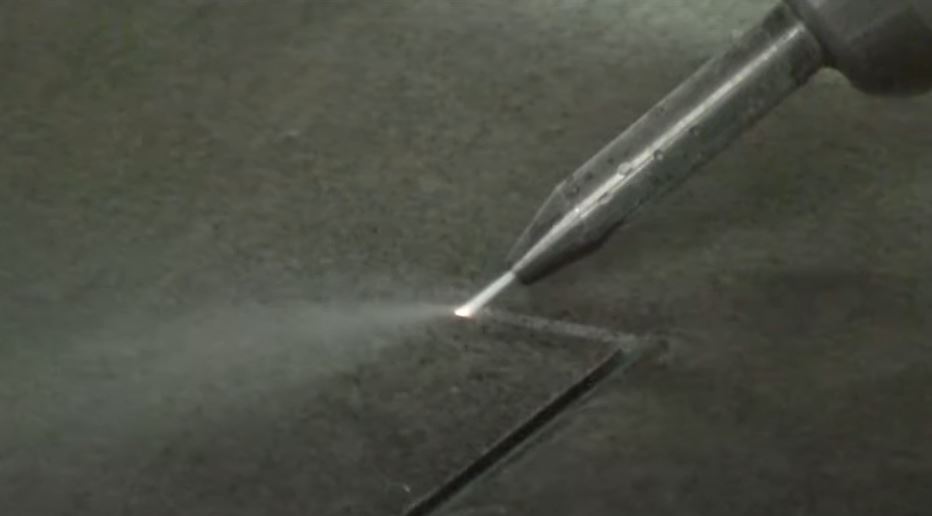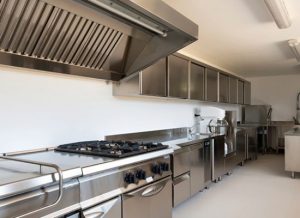We have an awful lot of uses for water. We drink it for hydrating our bodies, day in and day out. We also need water to wash and cook our food, clean our house, etc. The list can go on with many other innumerable usages. Outside our homes, we harness the power of water for many things, one of which is for cleaning purposes.
High-pressure jets of water can be used to remove and clean stubborn and deep-seated dirt, grime, and muck, or if there are contaminants lodged on the surface of the material then water can remove it as well, seamlessly.
The force of the water can be intensified even further to form a water jet and if it reaches a certain level of pressure, it would be strong enough to remove a wide range of materials, abrasives, and film. This would include paint from walls, rubber from airport runways, asphalt, gum, graffiti, and even the unsightly pollution blemishes on paved streets.
Water jet machine cleaning is not just effective in cleaning a wide spectrum of industries, it is widely preferred, especially by advocates for the environment, because it will never put nature in harm’s way. It is safe to the environment, regular use would help in reducing your carbon footprint.
Today’s Construction Industry and Water Blasting
Industrial water jet cleaning is a water-based system of cleaning, which the construction industry has adopted to properly and effectively meet its cleaning standards. The construction sphere is using it primarily for getting rid of any unwanted material mostly from the equipment they’re using, from dirt to grime and everything in between.
Like for instance, industrial projects where the creation of abrasives is not unusual and would be needing removal also, employing the use of a water jet machine for cleaning is most preferred because it is the most viable system to use to get the job done, right the first time.

Recent research indicates that the use of a water jet cleaning system offers a higher level of quality when used on surfaces and when placed side by side with the outcome of traditional solid abrasive methods, it is better and more satisfying.
Besides its ability to take away rust and old coatings on a concrete wall, waterjet machine spray cleaning can also take away any deep-seated lead and crystallized salt down to the reduction of chloride concentration on a surface. This often paves the way for increased coating adhesion and improved longevity.
Taking Away Health Hazards
One of the advantages of a water jet cleaning system is that it eliminates the formation of dust as is the case when sandblasting is used. Hence, we are veering away from the possibility of ingesting potentially dangerous substances because they become airborne.
Without a doubt, we can say that water jet cleaning is a good safety measure in which people working in a construction site can make use of when they need to clean up their equipment. It can significantly help in mitigating the odds of being exposed to high levels of crystalline silica or silica sand. These substances can be very detrimental to our respiratory health and in the worst-case scenario may lead to fatal lung disease.
Moreover, this system of cleaning for industrial applications is eco-friendly in the sense that it will not put the environment in harm’s way by virtue of increasing the level of airborne pollutants which induces a spike on the allergens that can get inhaled by people. These airborne pollutants increase the chance of allergens being inhaled by people, and eventually compromising their health.
High-Pressure Water Jet Cleaner Domestic Applications
If you are a homemaker, you can also take advantage of the water jet cleaning system for various areas of domestic cleaning needs such as:
- Cleaning deck spaces
- Cleaning pavers
- Washing of cladding
- Driveway cleaning
- Garage floor cleaning
- Roof washing
- Window cleaning/washing
- Grout and natural stone cleaning.

